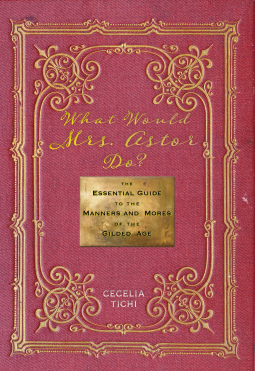 |
Colorways: Watercolor Flowers
by Bley Hack ISBN-13: 9781633226128 Paperback: 18 pages Publisher: Walter Foster Publishing Released: December 18, 2018 |
Source: ebook review copy from the publisher through NetGalley.
Book Description, Modified from Goodreads:
Calling all aspiring artists! Grab your paints because it's time to explore key watercolor techniques, including washes, painting wet-into-wet, glazing, and understanding the color wheel to create harmony in your art. With Colorways: Watercolor Flowers, you will create vibrant and colorful floral paintings while mastering how to use color for maximum effect. You'll also learn where to find artistic inspiration, how to become a “visual collector,” and how to add fauna to your floral paintings.
Colorways is a brand-new series. Focusing on creating expressive pieces over realistic scenes, Colorways shows artists how to break the "rules" of color and let their imaginations and artwork soar to new heights.
My Review:
Colorways: Watercolor Flowers is aimed at crafters and DIYers rather than fine artists. The author uses stamps, the side of her brushes, and similar objects to create some of her flowers, so no initial painting skill is really needed. She goes more for the impression of flowers rather than accurate depictions, so there's no pressure on beginners. Her interest is more in how the colors look together, so we do get some color theory and some basic watercolor techniques. Her included projects were things like making patterns of flowers on DIY wrapping paper or cards, cutting out watercolor flowers and making them into a collage, or creating a frame of watercolor flowers to put around a photograph. It was not difficult to understand her step-by-step directions. It's a good book if this is the type of thing you're looking for, but it may come across as very basic if you already have some skill with watercolor painting.
If you've read this book, what do you think about it? I'd be honored if you wrote your own opinion of the book in the comments.
Excerpt: Read an excerpt using Google Preview.




































